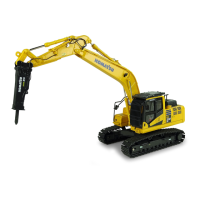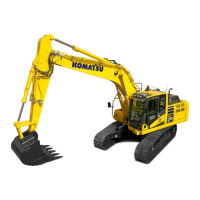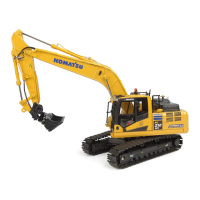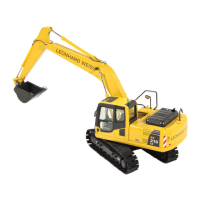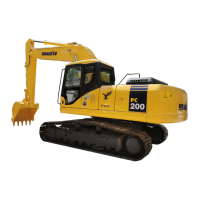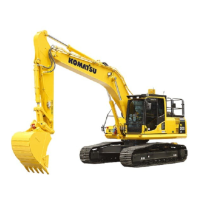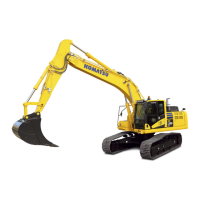TROUBLESHOOTING
PRECAUTIONS WHEN CARRYING OUT MAINTENANCE
PRECAUTIONS WHEN CARRYING OUT MAINTENANCE
To maitain the performance of the machine over a
long period, and to prevent failures or other troubles
before they occur, correct operation, maintenance
and inspection, troubleshooting, and repairs must
be carried out. This section deals particularly with
correct repair procedures for mechatronics and is
aimed at improving the quality of repairs. For this
purpose, it gives sections on “Handling electric
equipment” and “Handling hydraulic equipment”
(particlularly hydraulic oil).
1. PRECAUTIONS WHEN HANDLING
ELECTRIC EQUIPMENT
1) Handling wiring harnesses and connectors
Wiring harnesses consist of wiring connecting
one component to another component, conn-
ectors used for connecting and disconnecting
one wire from another wire, and protector or
tubes used for protecting the wiring. Compared
with other electrical components fitted in boxes
or cases, wiring harnesses are more likely to be
affected by the direct effects of rain, water, heat,
or vibration. Furthemore, during inspection and
repair operation they are frequently removed and
installed again, so they are likely to suffer defor-
mation or damage. For this reason, it is nec-
ssary to be extremely careful when handling
wiring harnesses.
Main failures occuring in wiring harness
(1) Defective contact of connectors (defective
contact between male and famale). Problems
with defective contact are likely to occur because
the male connector is not properly inserted into
the female connector, or because one or both
of the connectors is deformed or the position is
not properly inserted into the female connector,
or because one or both of the connectors is de-
formed or the position is not correctly aligned, or
because there is corrosion or oxidization of the
contact surfaces.
Improper insertion
=3X$&$&
20-66
a

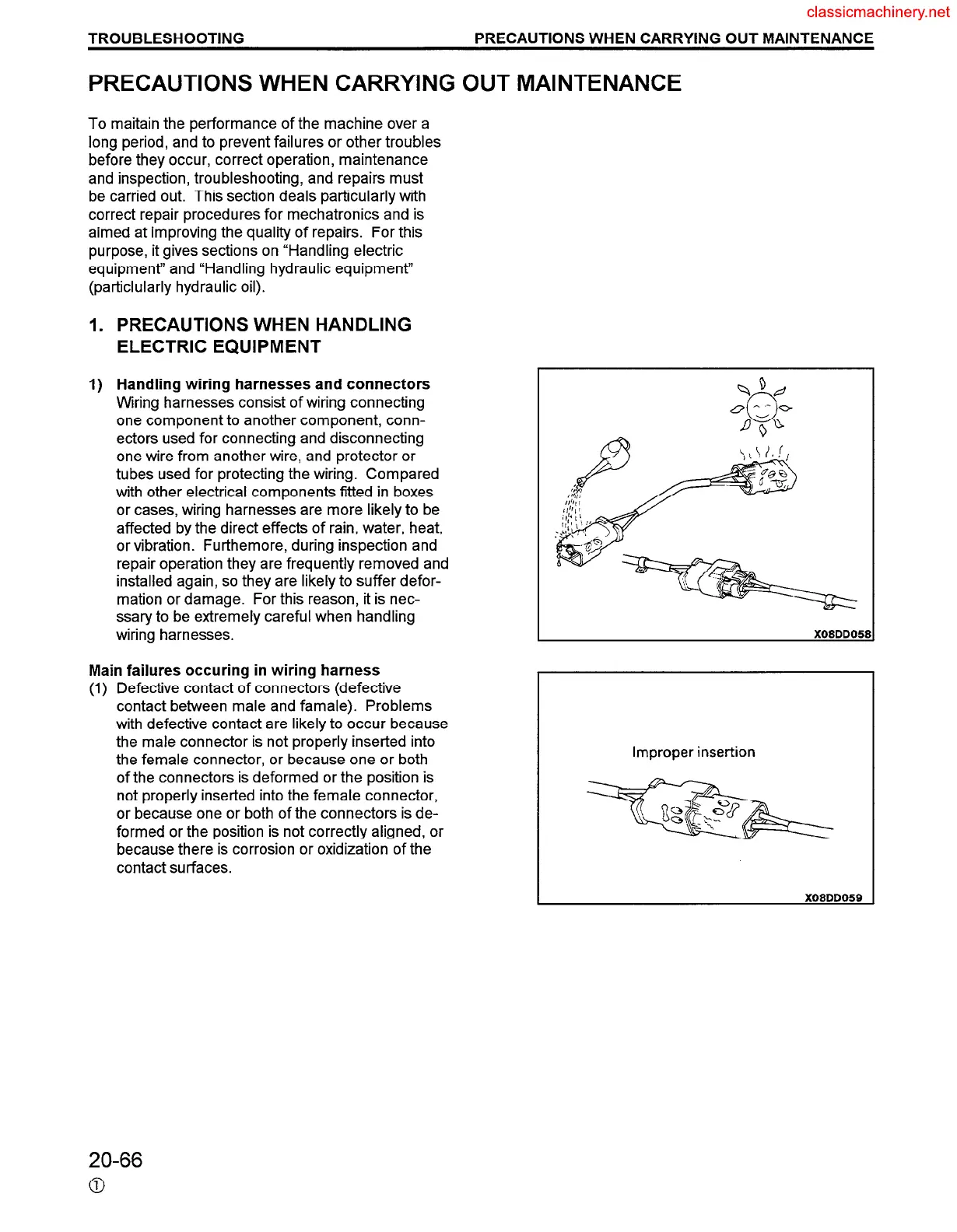